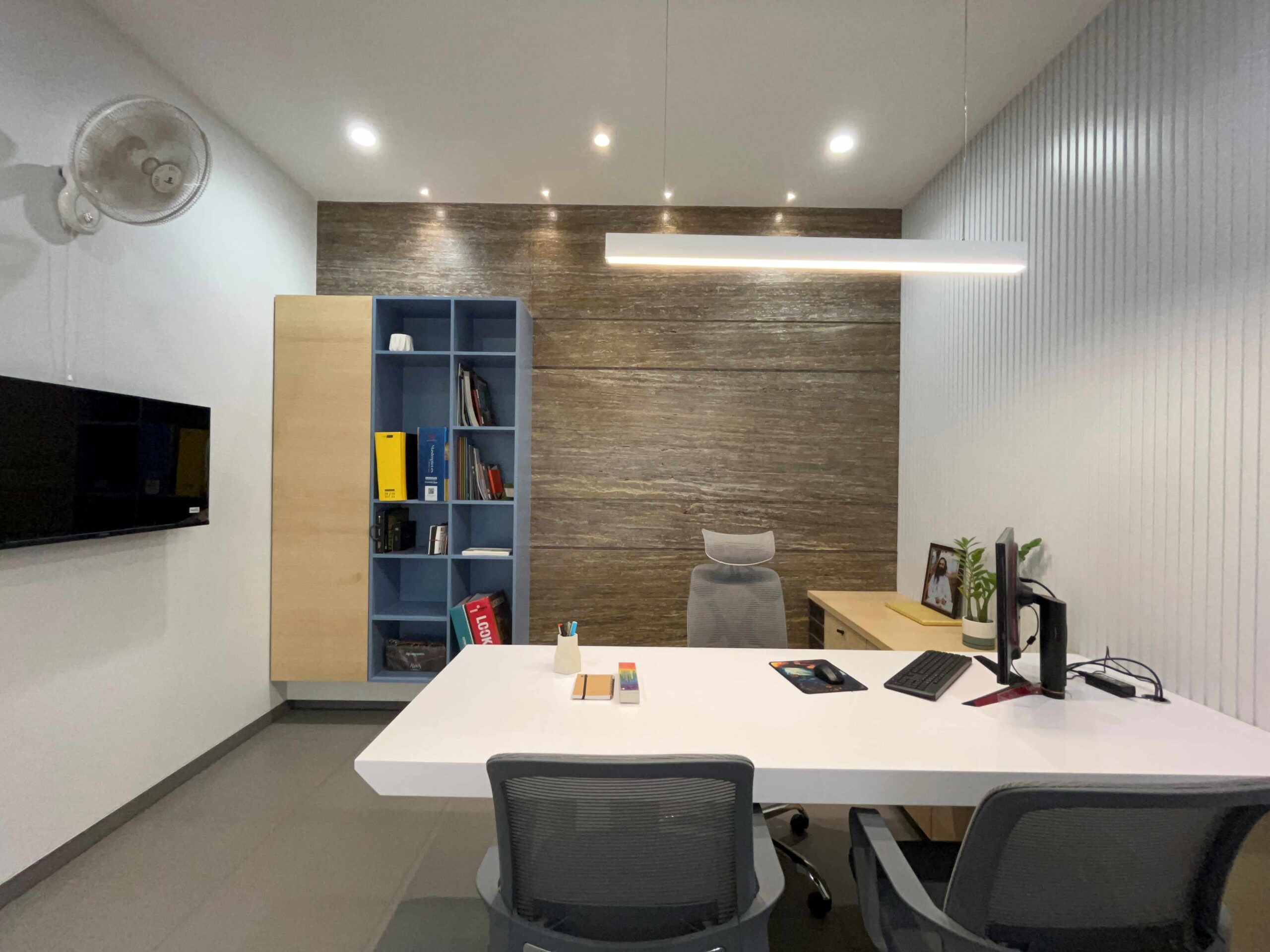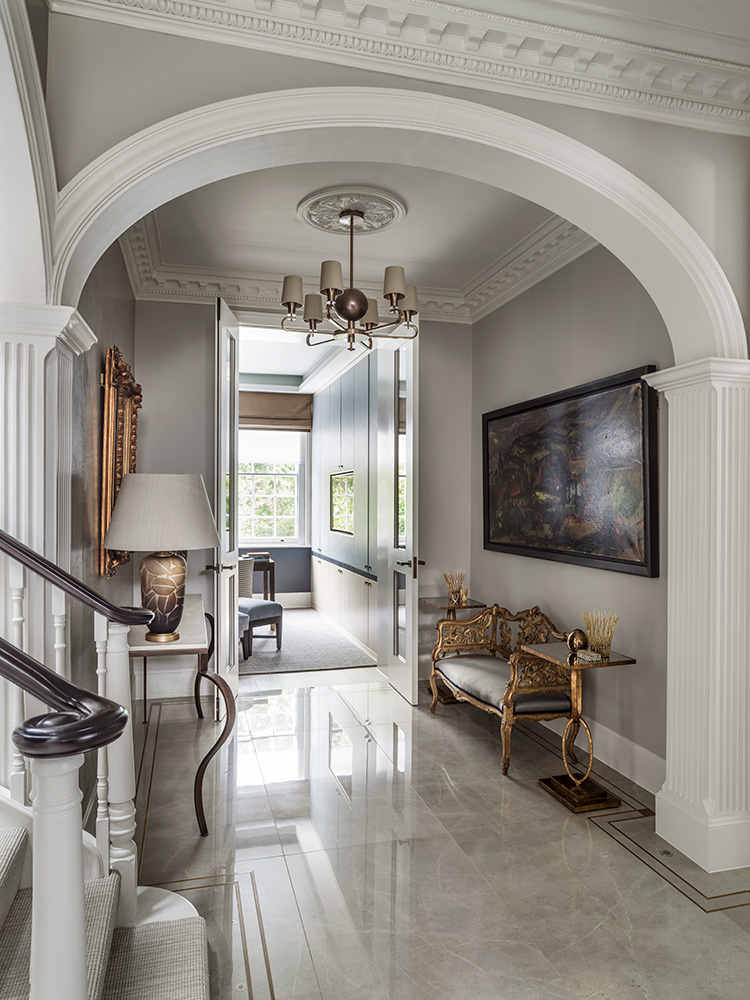Gorgeous Countryside Homes Interior Design for Nature-Inspired Living
Gorgeous Countryside Homes Interior Design for Nature-Inspired Living
Blog Article
The Art of Equilibrium: Exactly How Interior Design and Home Designer Collaborate for Stunning Results
In the realm of home design, striking an equilibrium between aesthetics and functionality is no little feat. This delicate stability is achieved with the unified partnership in between indoor developers and architects, each bringing their distinct expertise to the table. Keep with us as we explore the intricacies of this collective process and its transformative influence on home style.
Understanding the Core Differences Between Interior Decoration and Home Architecture
While both Interior Design and home architecture play important roles in developing cosmetically pleasing and practical rooms, they are inherently different disciplines. Home style largely focuses on the structural elements of the home, such as building codes, safety policies, and the physical building and construction of the space. It takes care of the 'bones' of the structure, dealing with spatial measurements, load-bearing wall surfaces, and roofing designs. On the other hand, Interior Design is much more concerned with boosting the aesthetic and sensory experience within that framework. It involves picking and setting up furniture, selecting color pattern, and incorporating attractive elements. While they operate in tandem, their roles, obligations, and areas of experience diverge considerably in the production of a harmonious home atmosphere.
The Synergy Between Home Style and Inside Design
The harmony between home architecture and Interior Design hinges on a shared vision of style and the enhancement of functional appearances. When these two fields straighten harmoniously, they can change a living area from normal to extraordinary. This collaboration requires a deeper understanding of each self-control's principles and the capacity to create a natural, aesthetically pleasing setting.
Unifying Design Vision
Linking the vision for home architecture and Interior Design can produce a harmonious living room that is both functional and cosmetically pleasing. The balance starts with an incorporated way of thinking; architects and interior developers work together, each bringing their know-how. This unison of ideas develops the design vision, a blueprint that guides the task. This shared vision is important for consistency throughout the home, guaranteeing a liquid change from outside style to interior areas. It promotes a synergistic strategy where architectural components complement Interior Design elements and vice versa. The result is a natural living area that shows the homeowner's preference, character, and lifestyle. Thus, unifying the layout vision is important in blending design and Interior Design for sensational results.
Enhancing Useful Visual Appeals
Exactly how does the synergy in between home architecture and indoor design enhance practical aesthetics? Architects lay the groundwork with their structural layout, ensuring that the space is effective and functional. A designer could design a residence with high ceilings and big windows.
Significance of Partnership in Creating Balanced Spaces
The partnership between indoor designers and architects is crucial in developing well balanced areas. It brings consistency between design and architecture, providing birth to areas that are not only cosmetically pleasing yet likewise useful. Discovering effective joint methods can provide insights into how this synergy can be effectively accomplished.
Balancing Style and Style
Equilibrium, a vital facet of both Interior Design and style, can just absolutely be attained when these 2 fields job in harmony. This consistency is not merely a visual factor to consider; it influences the performance, longevity, and ultimately, the livability of an area. Interior engineers and designers must understand each other's roles, respect their know-how, and interact properly. They have to take into consideration the interplay of architectural components with design, the circulation of areas, and the impact of light and color. This collaborative process leads to a natural, balanced style where every element has a purpose and adds to the overall aesthetic. Balancing layout and style is not simply regarding creating stunning spaces, however regarding crafting areas that work flawlessly for their residents.
Successful Collective Techniques

Instance Studies: Successful Combination of Layout and Design
Taking a look at several study, it becomes noticeable exactly how the effective assimilation of Interior Design and design can change a space. The Glass Residence in Connecticut, renowned for its minimalistic beauty, is one such example. Architect Philip Johnson and interior designer Mies van der Rohe teamed up to produce a harmonious equilibrium between the structure and the interior, causing a seamless circulation from the exterior landscape home to the inner living quarters. An additional prototype is the Fallingwater Home in Pennsylvania. Engineer Frank Lloyd Wright and interior developer Edgar Kaufmann Jr.'s collaborative efforts bring about a strikingly one-of-a-kind house that mixes with its all-natural surroundings. These study underline the profound impact of an effective design and design collaboration.

Getting Rid Of Challenges in Design and Architecture Cooperation
In spite of the undeniable advantages of a successful cooperation between Interior Design and design, it is not without its challenges. Interaction problems can arise, as both celebrations may make use of different terms, understandings, and methods in their job. This can result in misconceptions and delays in project completion. One more significant obstacle is the balancing act of aesthetics and functionality. Engineers may prioritize architectural integrity and safety and security, while developers concentrate on comfort and design. The integration of these purposes can be intricate. Furthermore, spending plan and timeline constraints frequently add pressure, possibly causing rifts in the cooperation. Effective communication, shared understanding, and compromise are crucial to get over these obstacles and attain a unified and effective collaboration.

Future Fads: The Developing Partnership Between Home Architects and Inside Designers
As the world of home style remains to progress, so does the relationship in between designers and indoor designers. The pattern leans in the direction of a much more incorporated and collaborative method, damaging devoid of typical functions. Engineers are no longer entirely concentrated on architectural integrity, however additionally take part in improving visual allure - Winchester architect. Alternatively, interior designers are accepting technological aspects, more helpful hints influencing general design and capability. This evolving symbiosis is driven by developments in modern technology and the expanding demand for spaces that are not only visually pleasing however sustainable and likewise functional. The future promises a much more natural, cutting-edge, and flexible strategy to home design, as designers and architects remain to blur the lines, fostering a relationship that absolutely personifies the art of balance.
Final thought
The art of balance in home style is attained with the unified cooperation between interior designers and engineers. In spite of obstacles, this partnership cultivates growth and technology in style.
While both indoor design and home style play vital duties in creating cosmetically pleasing and functional areas, they are naturally different techniques.The synergy between home style and interior style exists in a shared vision of style and the improvement of functional aesthetics.Combining the vision for home style and interior design can produce an unified living space that is both practical and cosmetically pleasing. Thus, unifying the design vision is vital in mixing architecture and interior style for magnificent results.
How does the synergy in between home style and indoor design enhance practical appearances? (Winchester architect)
Report this page